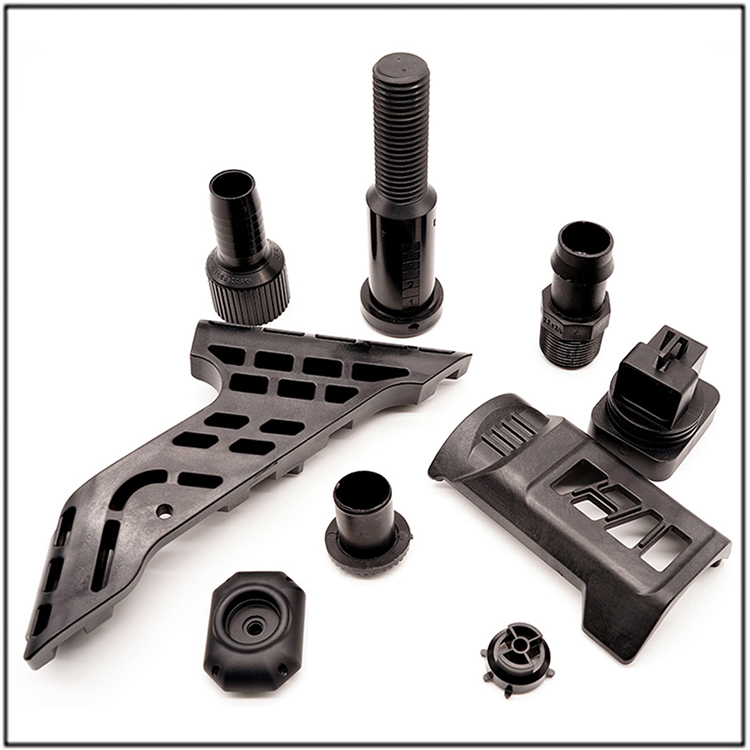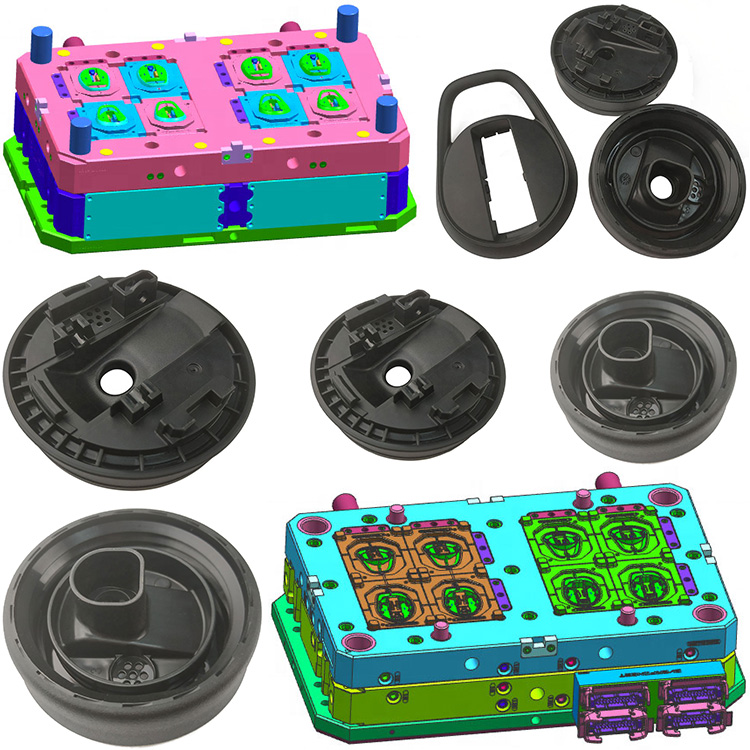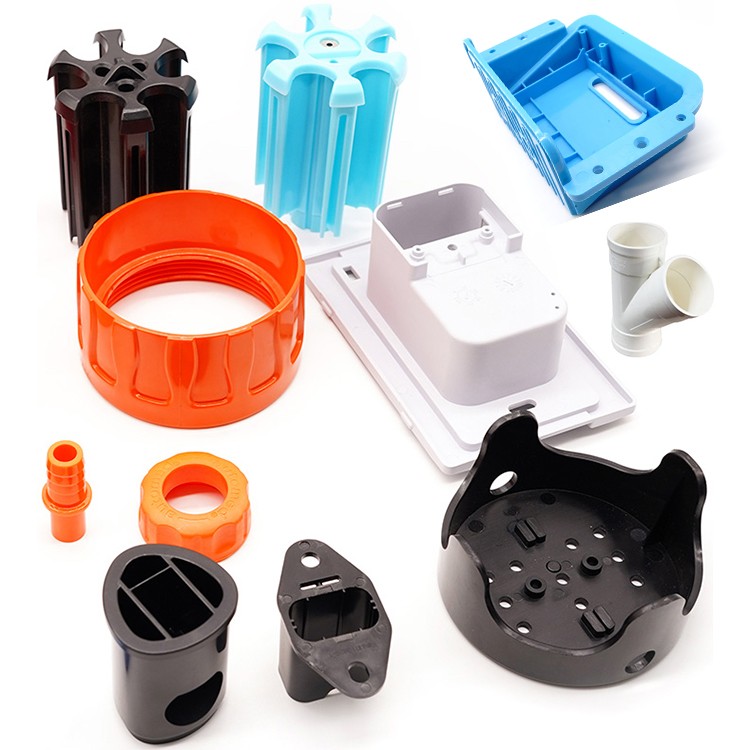
Injection Mold Ejection of Over Molding
Unveiling the technique of secondary over molding injection mold ejection
In the plastic mold industry, the application of secondary over molding injection molds is becoming increasingly widespread. This mold not only improves the aesthetics and functionality of the product, but also enhances its durability. However, for many mold manufacturers, effectively ejecting secondary encapsulated injection molds is a significant challenge. Today, we will discuss the ejection technique of secondary over molding injection molds to help you easily solve this problem.
Firstly, we need to understand the characteristics of secondary over molding injection molds. During the injection molding process of this mold, the outer plastic material will wrap around the inner material, forming a whole. Therefore, during the ejection process, it is necessary to ensure that both the inner layer material is not damaged and the outer layer material is intact and undamaged. This requires us to fully consider the structure and material characteristics of the mold when designing the ejection mechanism.
For the ejection of secondary encapsulation injection molds, we can adopt the following methods:
1.Reasonable design of ejector pin layout: The layout of ejector pins should be designed reasonably according to the structure and size of the mold, ensuring that the ejector pins can be evenly stressed and avoiding the occurrence of excessive local stress during the ejection process, which may cause damage to the mold.
2.Optimize the ejection force: The size of the ejection force directly affects the ejection effect of the mold. Insufficient force may cause the mold to fail to eject smoothly; Excessive force may also damage the mold or product. Therefore, we need to continuously optimize the ejection force through practice and find the most suitable ejection parameters.
3.Adopting auxiliary ejection mechanism: For some structurally complex secondary over molding injection molds, we can consider using auxiliary ejection mechanisms such as sliders, ejector blocks, etc. to improve ejection efficiency and quality.
In addition, to ensure the smooth ejection of the mold, we also need to pay attention to the following points:
·Keep the mold clean: Regularly clean the oil and impurities on the surface of the mold to ensure smooth operation of the ejector pin and ejector mechanism.
·Check mold wear: Regularly inspect the wear of the mold, replace the severely worn ejector pin and ejector mechanism in a timely manner, and avoid affecting the ejector effect.
·Reasonable control of injection molding process parameters: Injection molding process parameters also have a certain impact on the ejection of the mold. We need to control the injection temperature, pressure, and speed parameters reasonably based on the characteristics of the material and the structure of the mold to ensure that the mold can be smoothly ejected.
In summary, the inject ejection of secondary encapsulated injection molds is a process that requires comprehensive consideration of multiple factors. By designing the ejection mechanism reasonably, optimizing the ejection force, and adopting auxiliary ejection mechanisms, we can effectively solve the ejection problem of secondary encapsulated injection molds. At the same time, keeping the mold clean and checking for wear are also key to ensuring the ejection effect.










